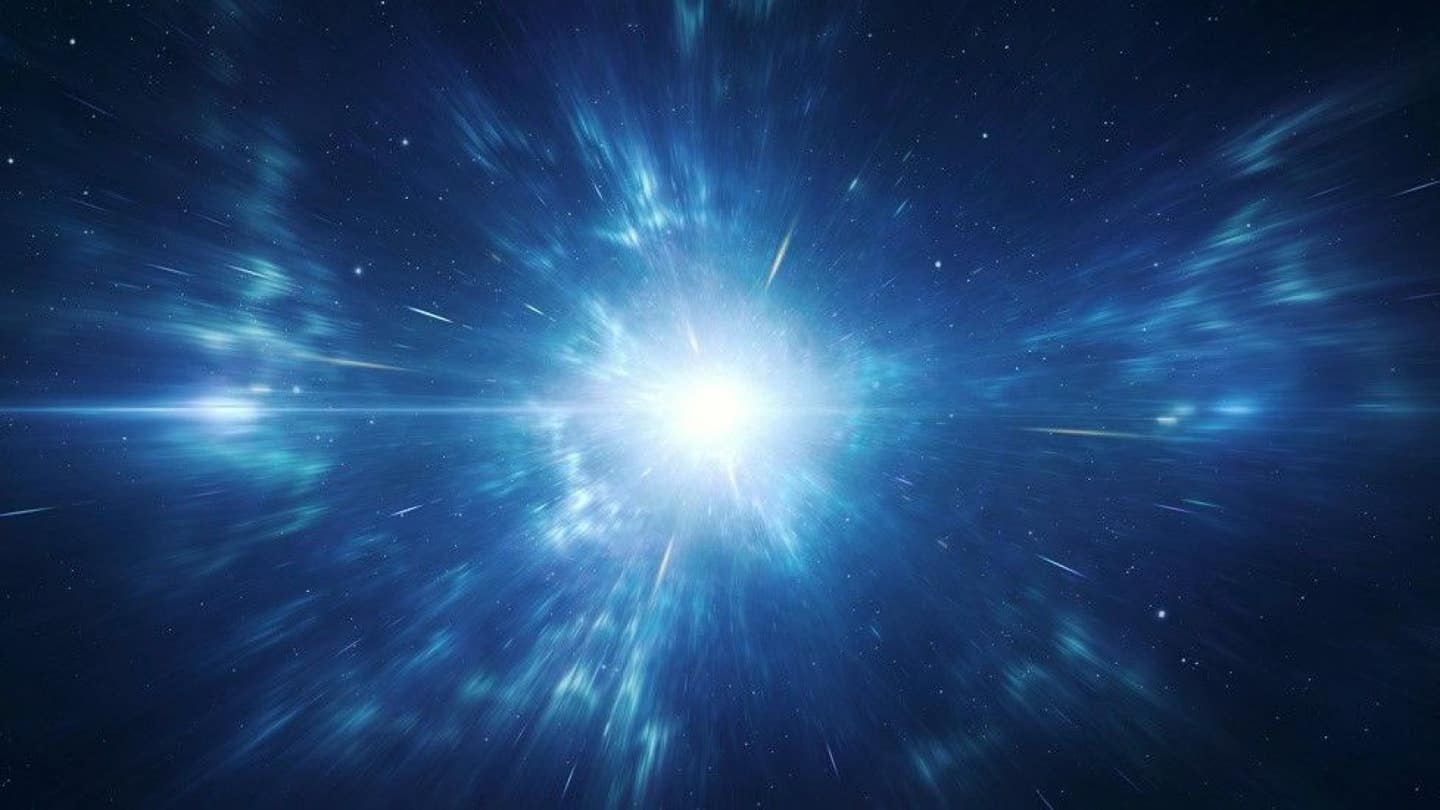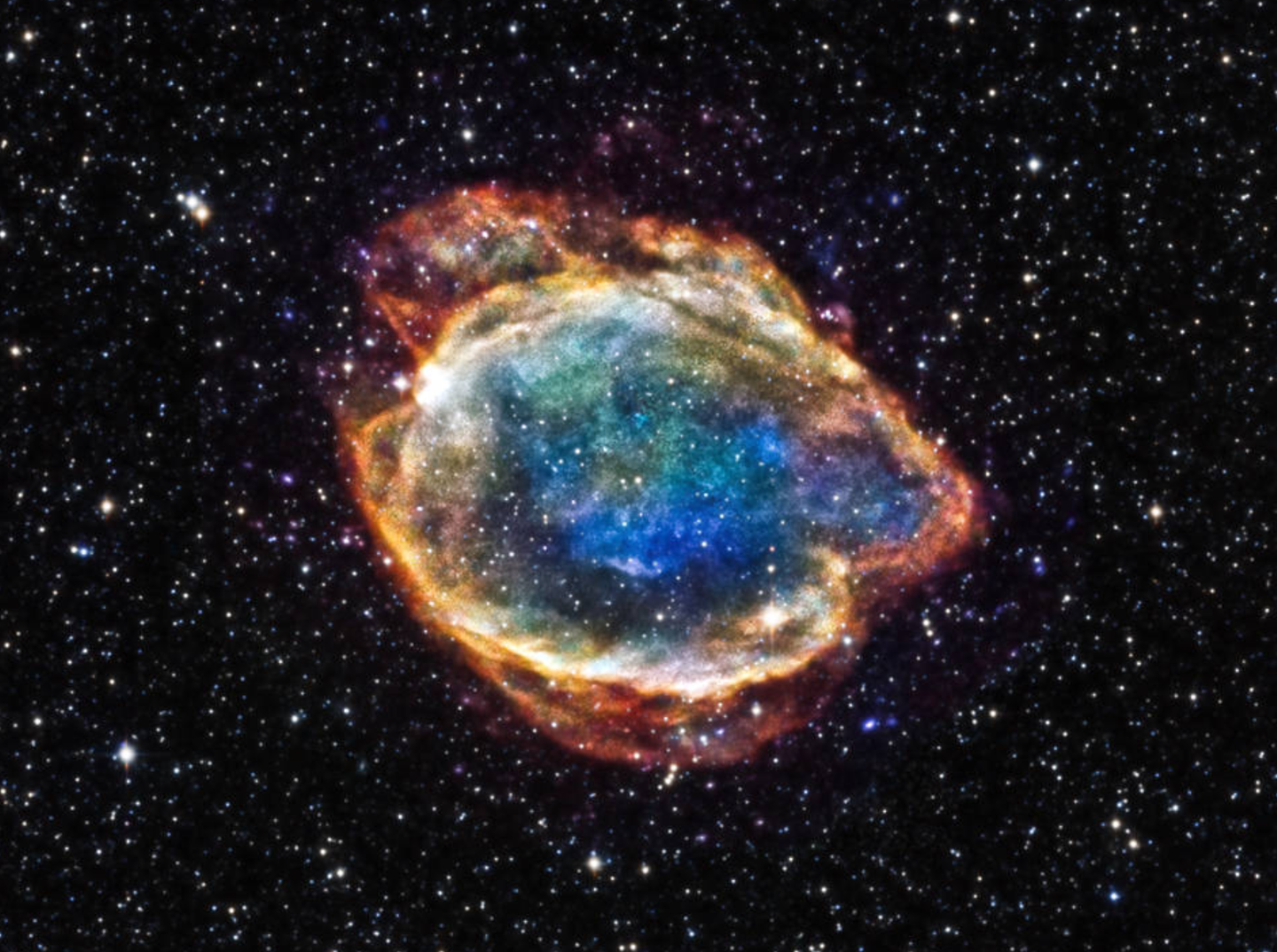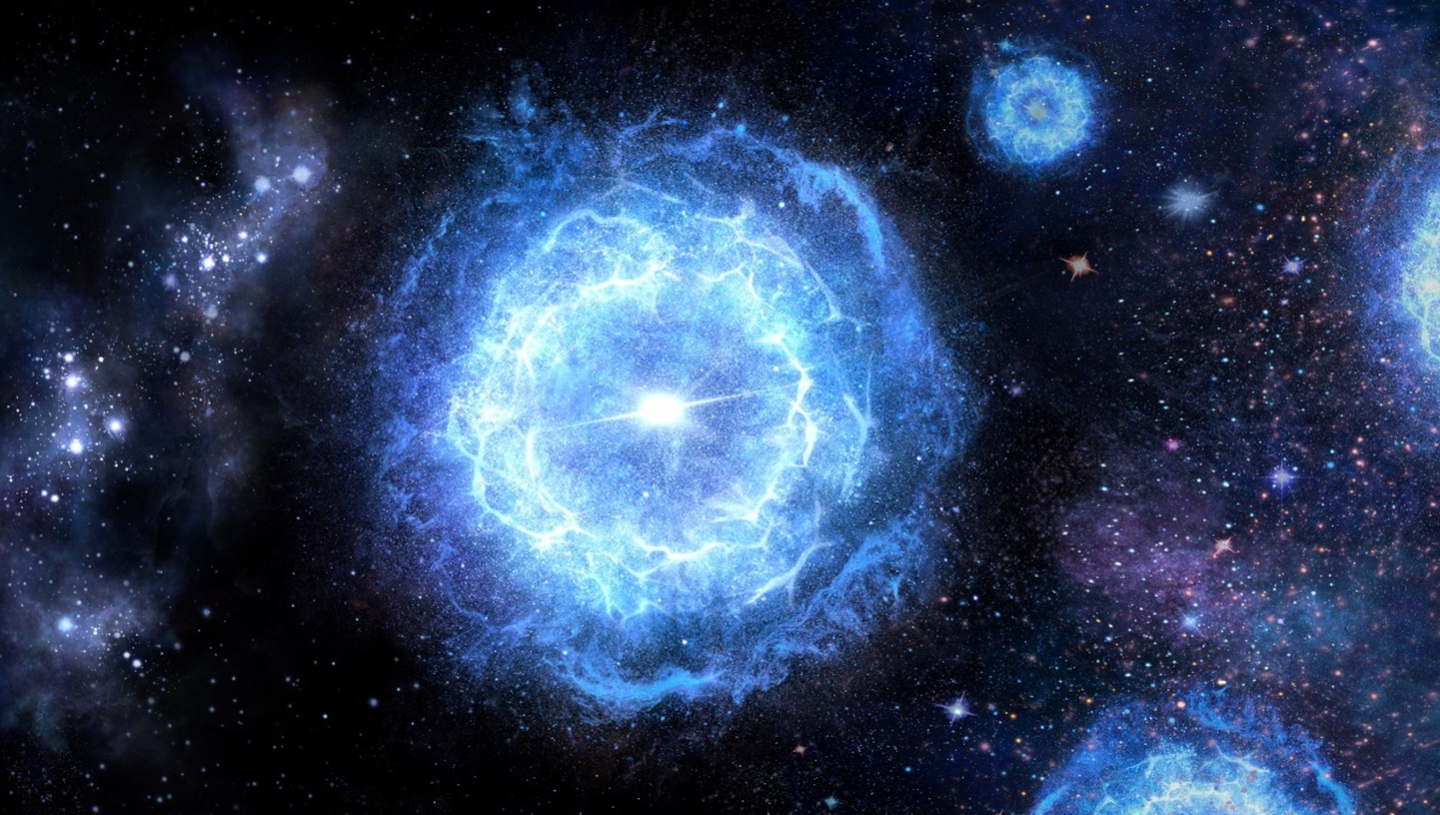Scientists think they discovered what existed before the Big Bang
In the 1930s, researchers first noticed oddities in how galaxies moved, suggesting something invisible exerted gravitational pull.

Around 85% of all matter in the universe remains invisible, eluding detection by today’s most sophisticated scientific instruments. (CREDIT: CC BY-SA 4.0)
Dark matter has baffled physicists for nearly a century, quietly shaping our universe's unseen framework. Invisible yet influential, it provides the gravity necessary to hold galaxies together, driving their motion and structure.
About 85% of all matter in the universe stays hidden, undetectable even with today's best technology. Remarkably, scientists suspect this mysterious material may have existed even before the Big Bang.
In the 1930s, researchers first noticed oddities in how galaxies moved, suggesting something invisible exerted gravitational pull. Decades later, studies of the cosmic microwave background—the lingering radiation from the universe’s birth—confirmed dark matter’s importance in shaping cosmic evolution.
A pivotal study by the Planck Collaboration in 2018 revealed that dark matter makes up roughly 27% of the universe’s total energy. By comparison, ordinary matter—the stuff of planets, stars, and us—accounts for only 5%.
Scientists have spent decades trying to understand what dark matter might be. Supersymmetry, a popular theory in particle physics, proposes a "partner" particle for every known particle, potentially offering clues about dark matter’s identity.
From this theory, weakly interacting massive particles, or WIMPs, have become leading candidates for dark matter. These hypothetical particles barely interact with ordinary matter, yet experiments underground and at particle accelerators could possibly detect them.
Despite significant effort, WIMPs remain elusive. Experiments like DAMA have reported signals possibly tied to dark matter, but these findings are controversial. Attempts by other projects, such as COSINE-100, have not produced clear evidence to confirm DAMA's results.
The powerful particle collisions at the Large Hadron Collider have also turned up empty-handed, finding no sign of the predicted SUSY particles. With this lack of evidence, the simplest WIMP-based theories now face serious doubts.
Related Stories
One such groundbreaking idea is the "Dark Big Bang" (DBB) theory, proposed in 2023 by Katherine Freese and Martin Winkler from the University of Texas at Austin. Unlike the conventional Big Bang, which explains the birth of ordinary matter, the DBB suggests that dark matter arose from a separate event.
This second Big Bang, occurring sometime after the first, would have generated dark matter through the decay of a quantum field trapped in a false vacuum state.
In this model, the early universe consisted of two sectors: the visible sector, filled with the familiar particles and forces, and a dark sector, which remained cold and decoupled. Eventually, the dark sector underwent its own phase transition, analogous to the visible sector’s hot Big Bang.
This transition produced a thermal bath of dark particles, governed by a unique set of physical laws. The DBB model is particularly versatile, as it can accommodate a wide range of dark matter particle masses, from as light as a few keV to as heavy as 101210^{12}1012 GeV.
What sets the DBB model apart is its potential to leave observable traces. The phase transition in the dark sector could generate gravitational waves (GWs), ripples in the fabric of spacetime. These GWs would be distinct from those produced by black hole mergers or neutron star collisions and could be detected by next-generation observatories.
In particular, low-frequency GWs detectable by pulsar timing arrays (PTAs) such as the International Pulsar Timing Array (IPTA) and the Square Kilometer Array (SKA) could provide crucial evidence for the DBB.
Recent work by Cosmin Ilie, an Assistant Professor of Physics and Astronomy at Colgate University, and Richard Casey, a senior physics student, has further refined the DBB theory. Their study explores new parameter spaces for the dark sector's tunneling field, identifying scenarios that align with existing cosmological observations.
These scenarios predict not only the correct abundance of dark matter but also GW signals that could soon be within reach of PTA experiments.
“Detecting gravitational waves generated by the Dark Big Bang could provide crucial evidence for this new theory of dark matter,” says Ilie. Such detection would be groundbreaking, offering the first direct evidence of dark matter's distinct origin.
The 2023 detection of background GWs by the NANOGrav collaboration, a part of IPTA, adds an intriguing dimension to this research. While the exact source of these waves remains uncertain, they could potentially align with the DBB model’s predictions.
Beyond its implications for dark matter, the DBB theory offers a fresh perspective on the early universe. Traditionally, cosmology has operated under the assumption that all matter, dark or otherwise, emerged from the same event.
The idea of a dual-origin universe challenges this notion, suggesting a more complex interplay of forces and fields in the universe's infancy. If confirmed, the DBB model could reshape our understanding of cosmic evolution, from the formation of the first galaxies to the large-scale structure of the universe.
The search for dark matter is a central pillar of modern physics, driving advancements in technology and theory. Direct detection experiments, such as those conducted deep underground, continue to push the boundaries of sensitivity, aiming to capture fleeting interactions between dark matter particles and ordinary matter.
Meanwhile, astrophysical observations, from the CMB to galactic rotation curves, provide indirect but compelling evidence for dark matter’s gravitational influence. The DBB model, with its unique predictions and testable consequences, adds a powerful new tool to this arsenal.
As observational capabilities advance, the prospect of detecting GWs from a DBB becomes increasingly plausible. Projects like SKA, expected to come online in the next decade, promise unprecedented sensitivity to low-frequency GWs. These efforts could finally lift the veil on dark matter's mysterious origins, answering questions that have puzzled scientists for generations.
In the broader context, understanding dark matter is not just a scientific pursuit but a quest to comprehend the fundamental nature of the universe. Whether through traditional particle physics or novel cosmological theories like the DBB, each discovery brings us closer to unveiling the full tapestry of existence.
Note: Materials provided above by The Brighter Side of News. Content may be edited for style and length.
Like these kind of feel good stories? Get The Brighter Side of News' newsletter.



